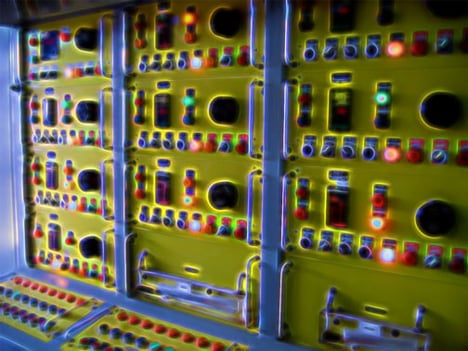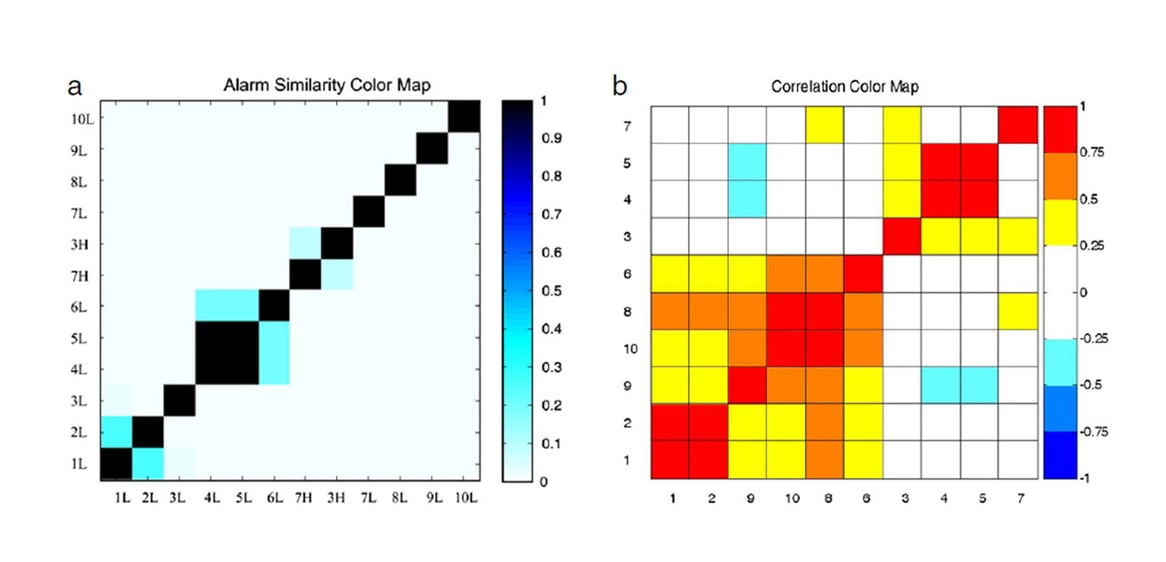This post is an excerpt from the journal ISA Transactions. All ISA Transactions articles are free to ISA members, or can be purchased from Elsevier Press.
Abstract: The problem of multivariate alarm analysis and rationalization is complex and important in the area of smart alarm management due to the  interrelationships between variables. The technique of capturing and visualizing the correlation information, especially from historical alarm data directly, is beneficial for further analysis. In this paper, the Gaussian kernel method is applied to generate pseudo continuous time series from the original binary alarm data. This can reduce the influence of missed, false, and chattering alarms. By taking into account time lags between alarm variables, a correlation color map of the transformed or pseudo data is used to show clusters of correlated variables with the alarm tags reordered to better group the correlated alarms.
interrelationships between variables. The technique of capturing and visualizing the correlation information, especially from historical alarm data directly, is beneficial for further analysis. In this paper, the Gaussian kernel method is applied to generate pseudo continuous time series from the original binary alarm data. This can reduce the influence of missed, false, and chattering alarms. By taking into account time lags between alarm variables, a correlation color map of the transformed or pseudo data is used to show clusters of correlated variables with the alarm tags reordered to better group the correlated alarms.

Thereafter correlation and redundancy information can be easily found and used to improve the alarm settings; and statistical methods such as singular value decomposition techniques can be applied within each cluster to help design multivariate alarm strategies. Industrial case studies are given to illustrate the practicality and efficacy of the proposed method. This improved method is shown to be better than the alarm similarity color map when applied in the analysis of industrial alarm data.
Free Bonus! To read the full version of this ISA Transactions article, click here.
Join ISA and get free access to all ISA Transactions articles as well as a wealth of other technical content, plus discounts on events, webinars, training & education courses, and professional certification.
Click here to join ... learn, advance, succeed!
2006 Elsevier Science Ltd. All rights reserved.




